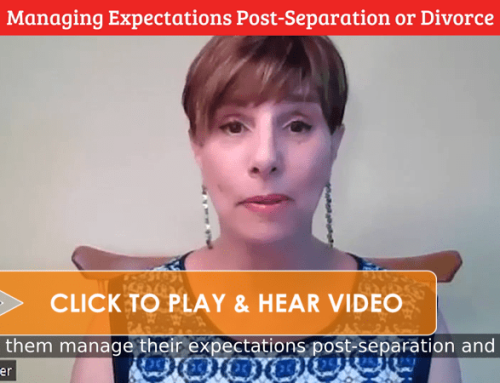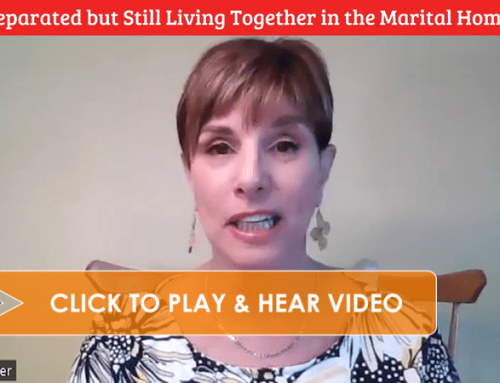(*Names have been changed)
 There is a lot to be learned watching a sixteen-month-old and fourteen-month-old play together. Their interaction is negotiated through body language, and if all goes well, agreements are made without the intervention of higher authorities. Recently, I delighted in witnessing a great exchange in nonverbal communication.
There is a lot to be learned watching a sixteen-month-old and fourteen-month-old play together. Their interaction is negotiated through body language, and if all goes well, agreements are made without the intervention of higher authorities. Recently, I delighted in witnessing a great exchange in nonverbal communication.
My niece sent me a video of her daughter Daisy* (said sixteen-month-old) hosting a playdate one Saturday morning with Rose* (said fourteen-month-old). Rose was holding two very colorful balls, one about three inches in diameter, the other about six. Cradling them in her small, chubby hands, she managed to hold them to her chest. Upon seeing Rose with these balls, Daisy decided she wanted a toy, too. She went for one, but the one she was aiming for was out of reach. So, once again, she eyed those treasured balls clasped in Rose’s determined grip.
Daisy walked toward her with outstretched arms indicating that she wanted one or both of them. But Rose stepped back, still clutching the balls as they surveyed each other, eyes wide open, taking one another’s measure. They held their respective ground in silence.
Daisy’s desire was obvious. She started swinging back and forth, then raised her hands up to her mouth, but something was holding her back. In quick order Rose turned and walked away from this encounter, the bright balls still in her possession. Daisy stood there and watched her depart. Then she looked around, spied her stuffed bear on the floor and picked it up. Game over. Deal struck.
I watched this video over and over again. The first few times I had the sound on, but after a while, I shut it off so I would not be distracted as I observed their fascinating behavior. Fortunately, there were no tears, no carrying on – just a final resolution and a tacit agreement that Rose wanted those coveted balls more than Daisy was willing to fight for them. There were no other balls to be had; Daisy found something else just as satisfying and was content.
In negotiation, everything comes down to the essentials. After all the stories have been told and the needs and entitlements have been vetted, there comes the final realization that no one gets everything they want. In that moment we must ask ourselves: What do we want, what do we need, and do we know the difference? Is it the ball or the bear?
She took the bear.
Comments From Social Media
For mediation we advise the lawyer to discuss with the client, let’s get an understanding of what the other side wants(or needs), and plan how to offer that in exchange for receiving what the client needs(not wants) in order to have an agreement. A mediator provides opportunities for the parties to see the value of giving to get. The parties presumably are ready and have the motivation to work together to achieve agreement……..
Paul Rajkowski via Linkedin
__________________________________________________
I like this, Ada. When I read the article, I had many of the same thoughts; and admired the way the two parties were willing to approach the situation in non-defensive, collaborative process. Thanks for the refreshing insights.
Richard Rogow via Linkedin
__________________________________________________
In this case, helping them look at the trees included telling them that looking at trees might be to their advantage. That happens pretty often in mediation — being aware of ways others have resolved similar problems and offering those ideas for consideration. Recently I worked with a separated couple (who might reconcile) who couldn’t figure out how to make ends meet financially. It had not occurred to them that they could sell their expensive cars and buy less expensive but reliable cars. They were thinking of selling their house when all they need to do was downsize their cars.
Virginia Colin, Ph.D. via Linkedin
- Is the Child Support Statute in New York State Still Relevant Today? (video) - April 2, 2024
- Managing Expectations Post-Separation or Divorce (video) - March 6, 2024
- Maintenance and Child Support Re-Visited (video) - February 21, 2024






Great observation, we can learn a lot from our little ones if we just pay attention.
Beautiful, sensitive analogy Ada. Separation / Divorce is so difficult because the stages of letting go often feel so counter intuitive to our primal urge….thank you